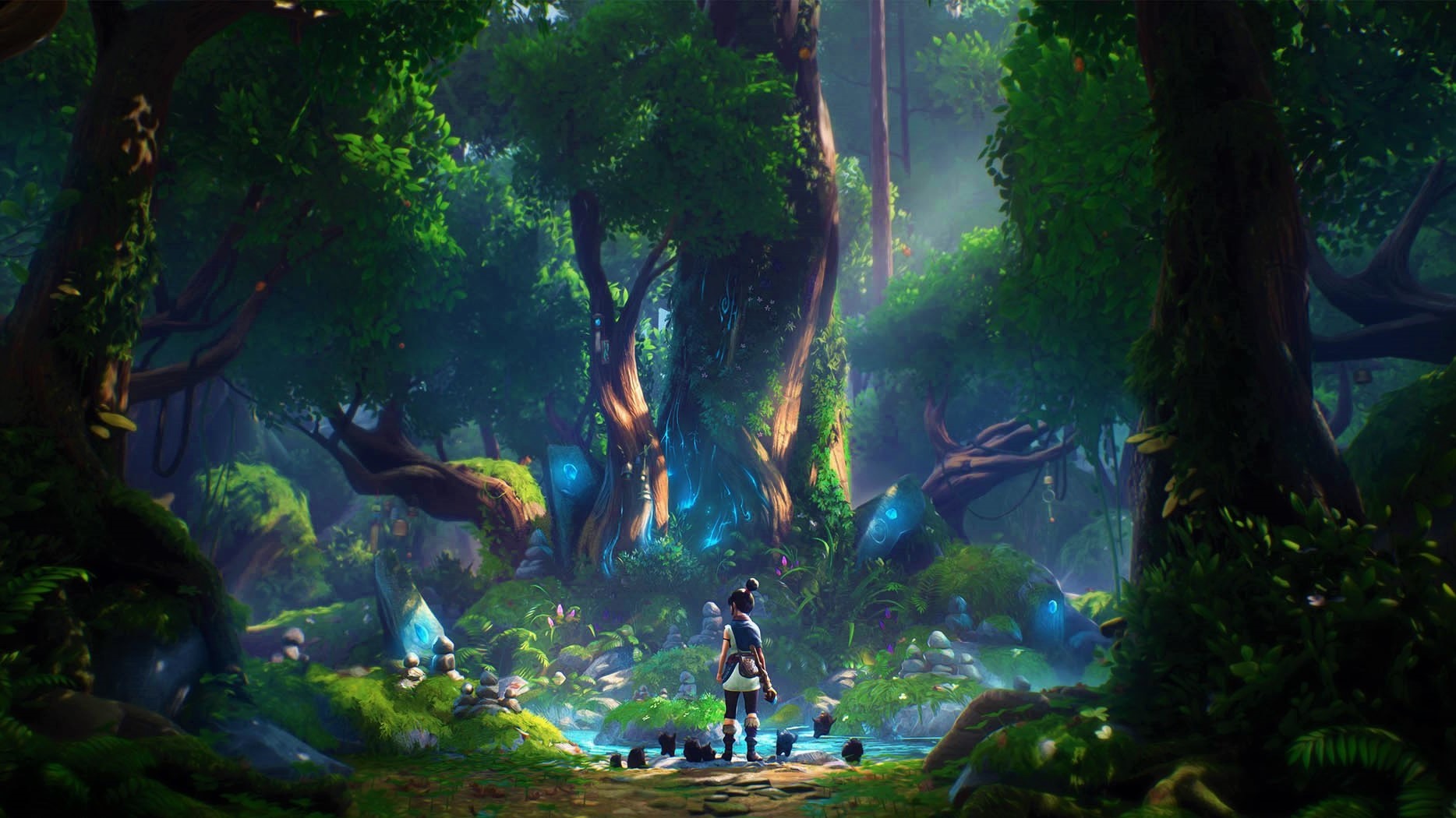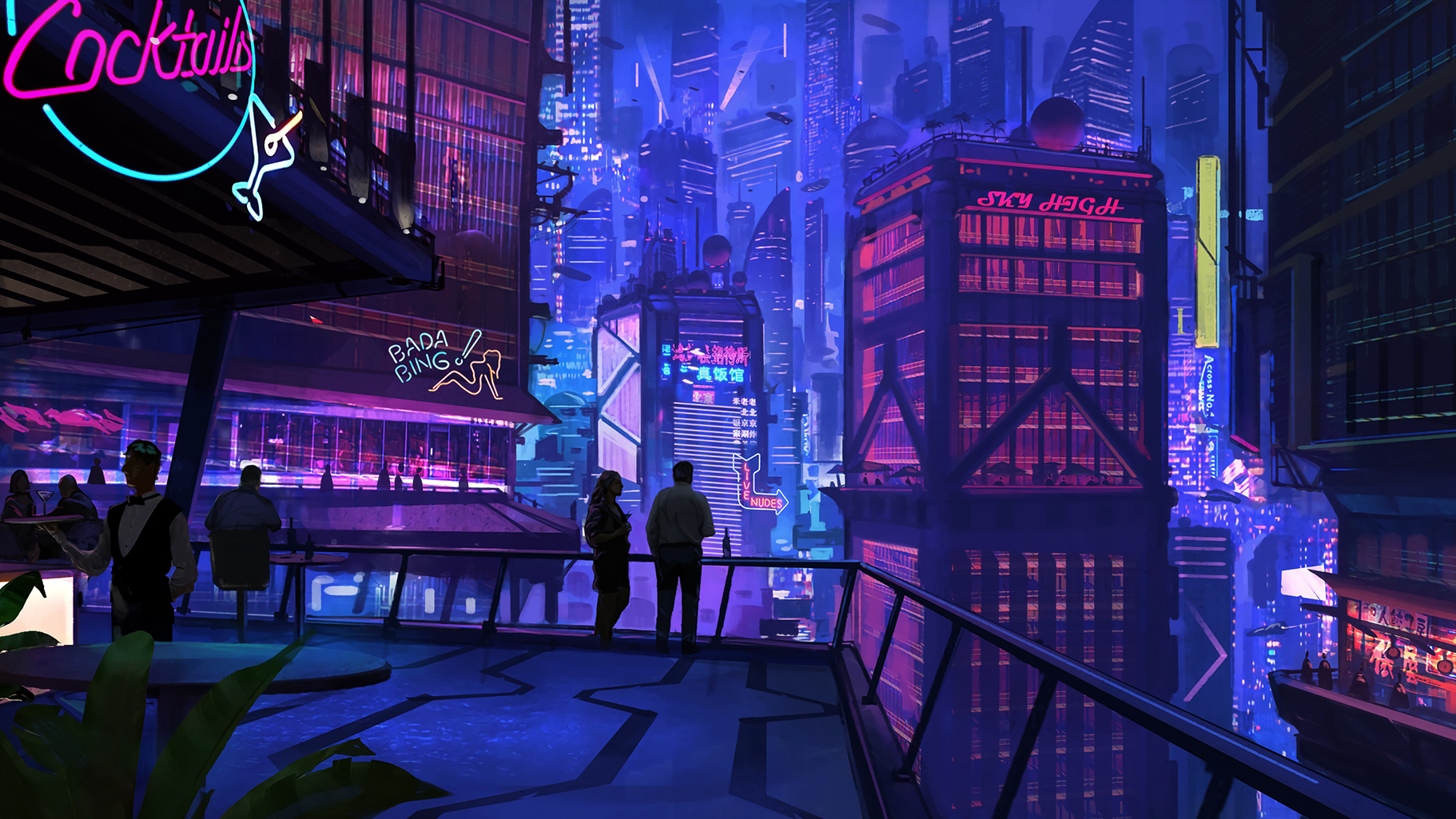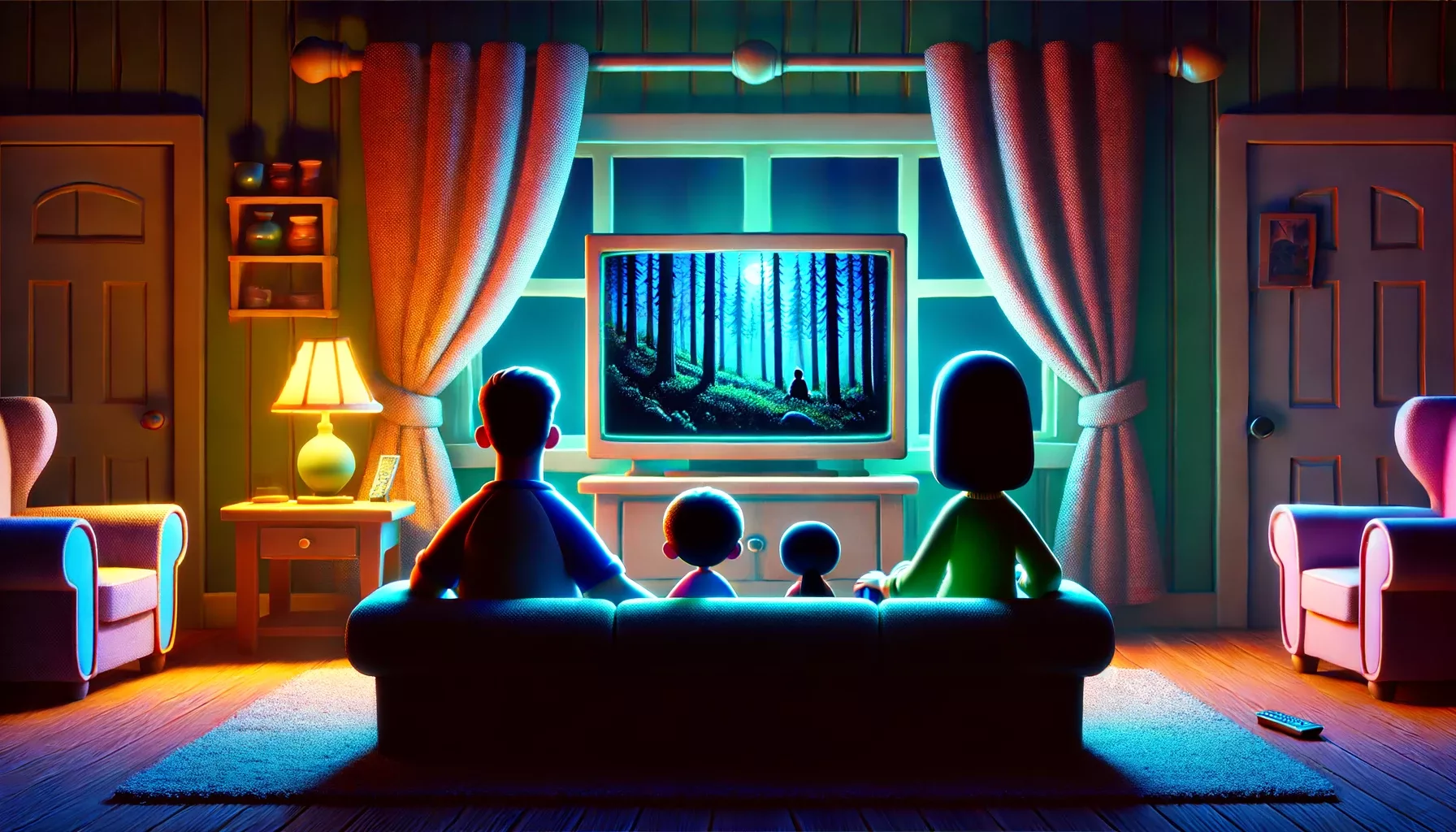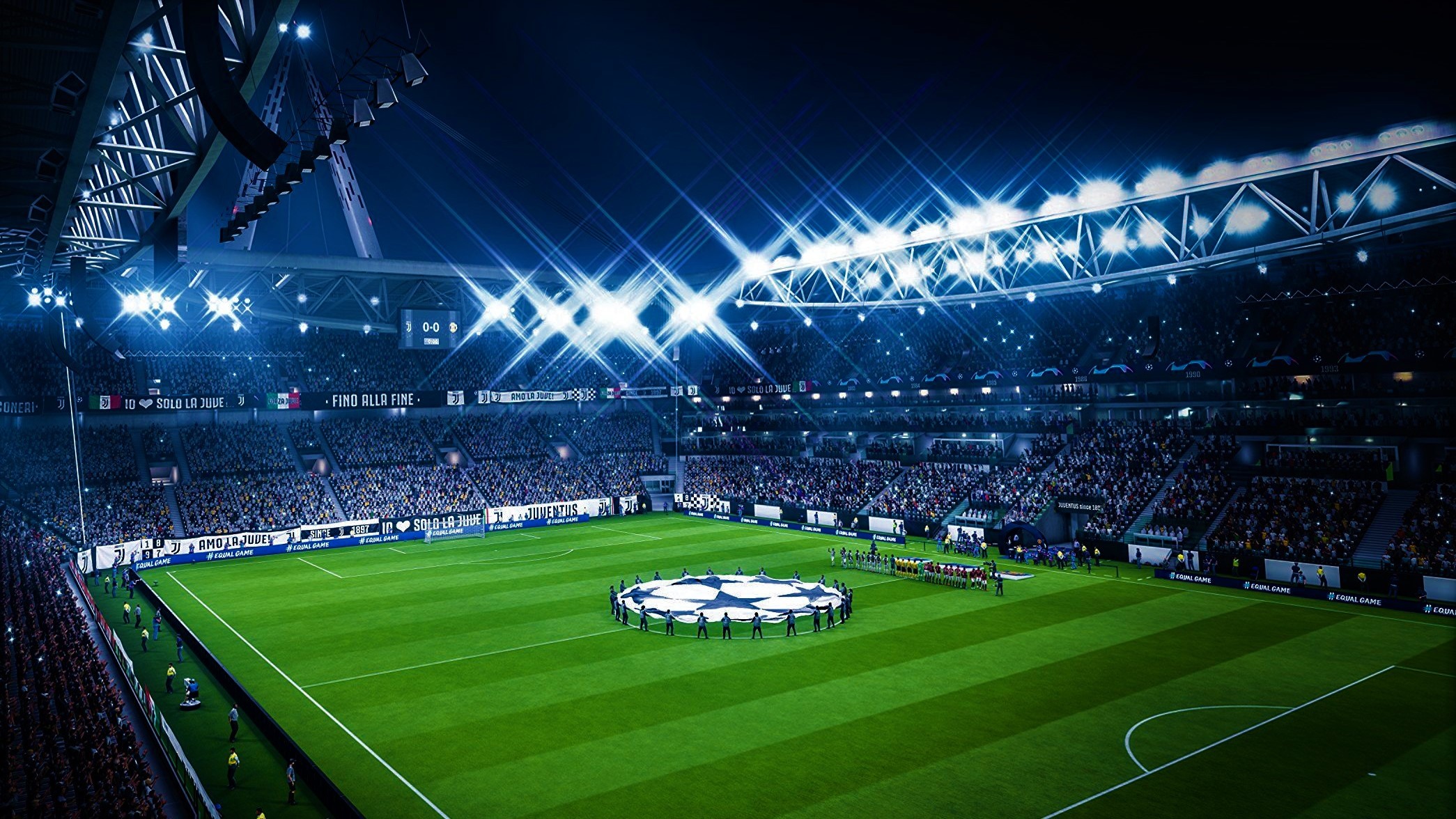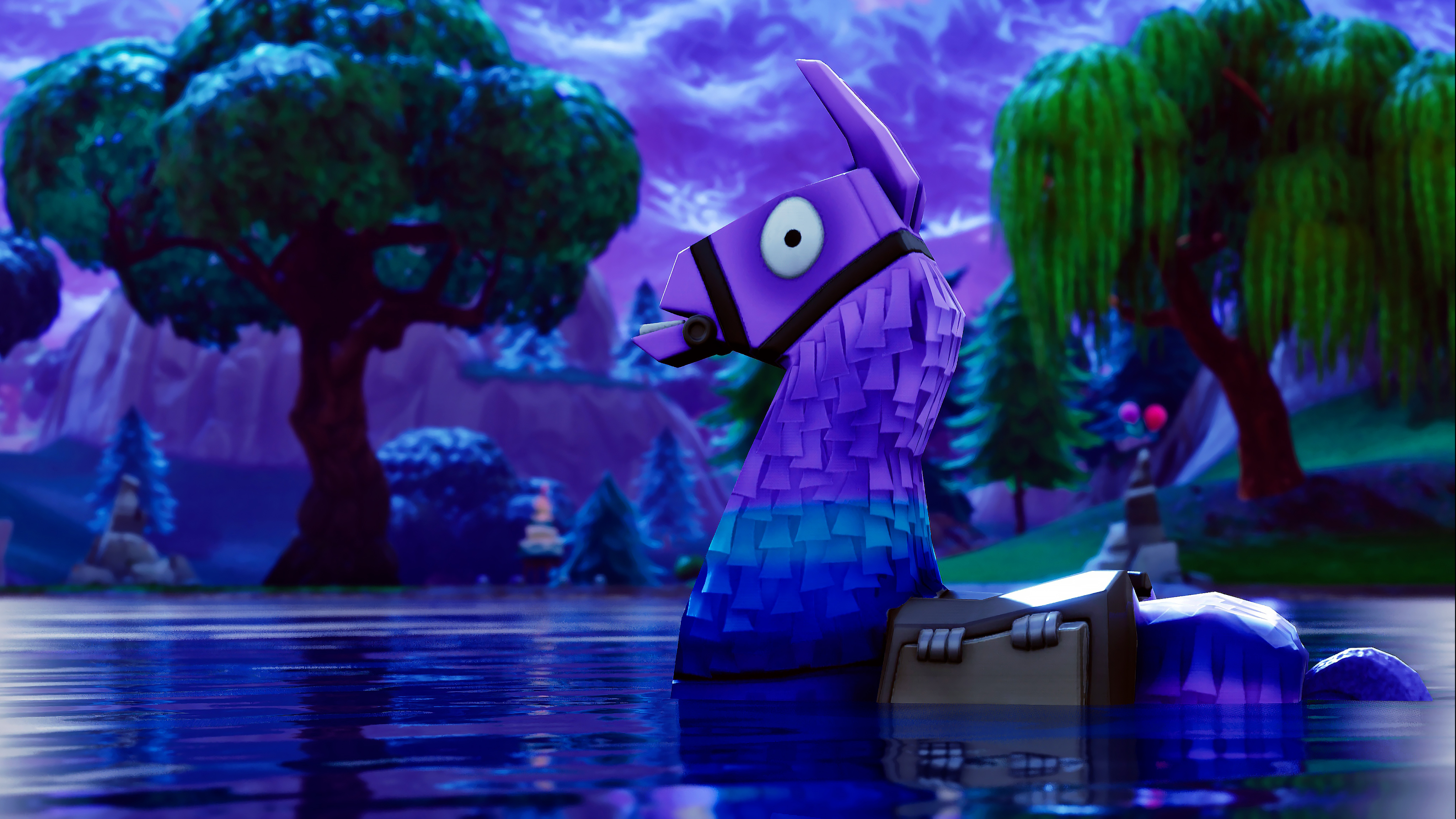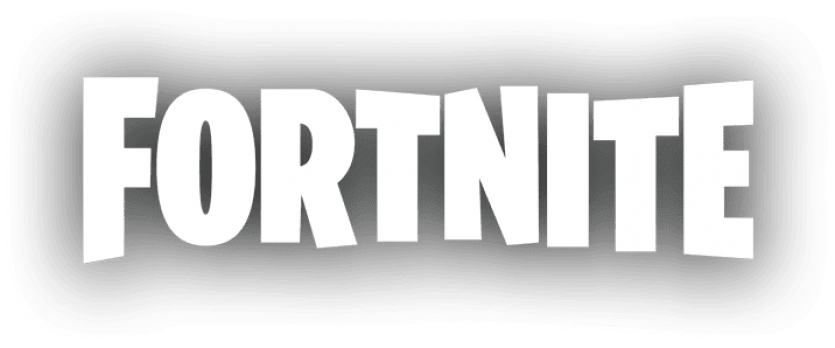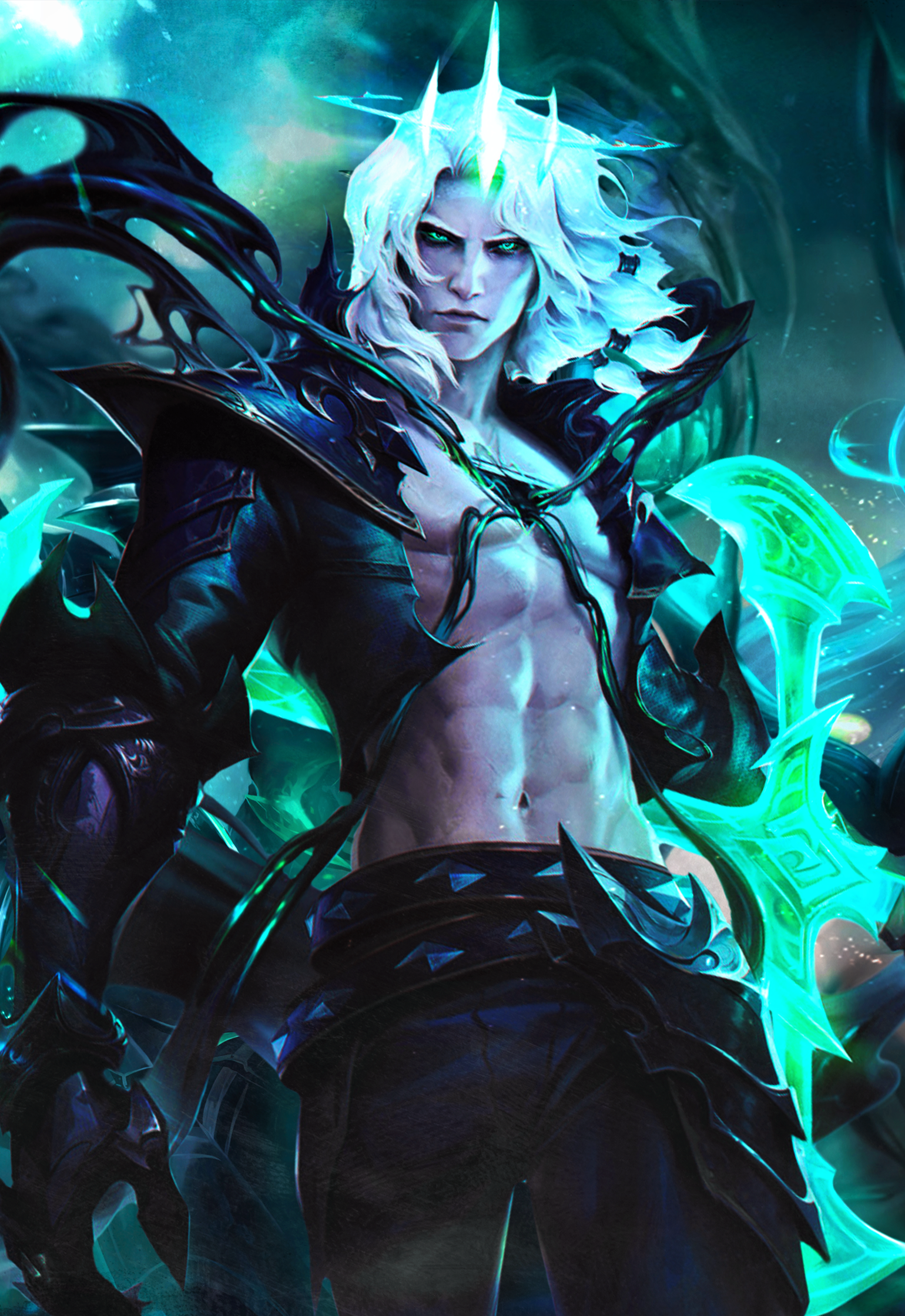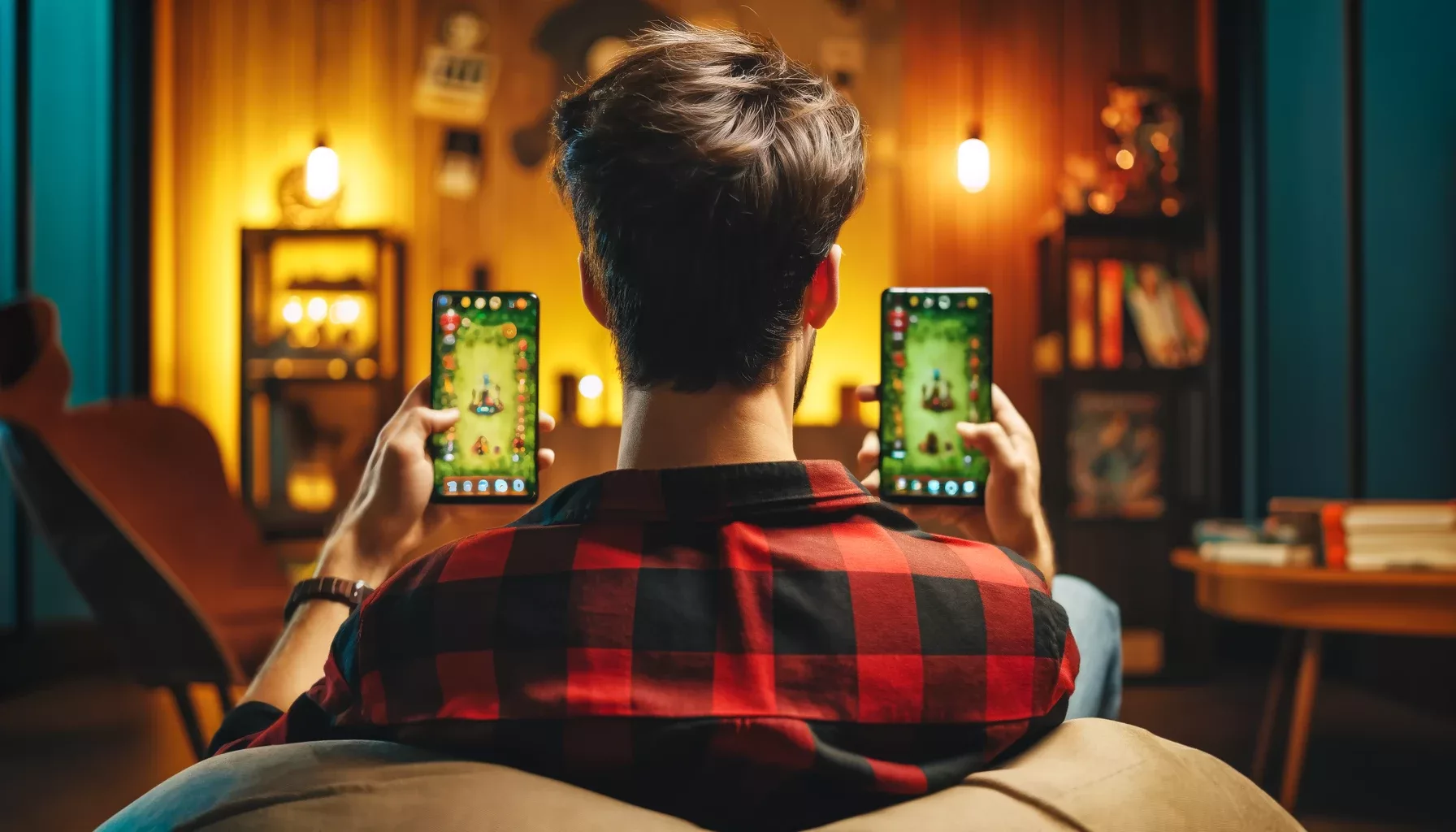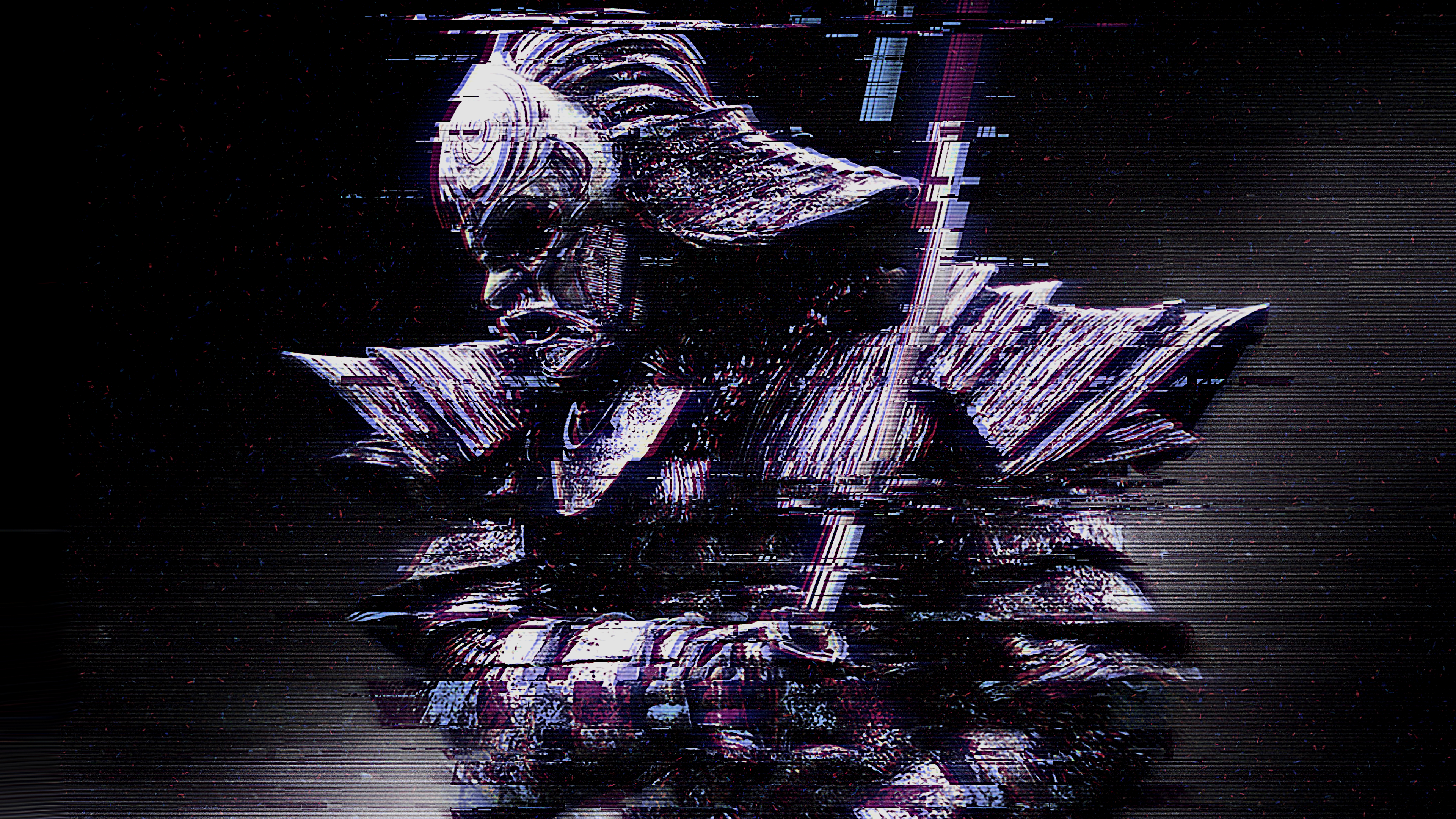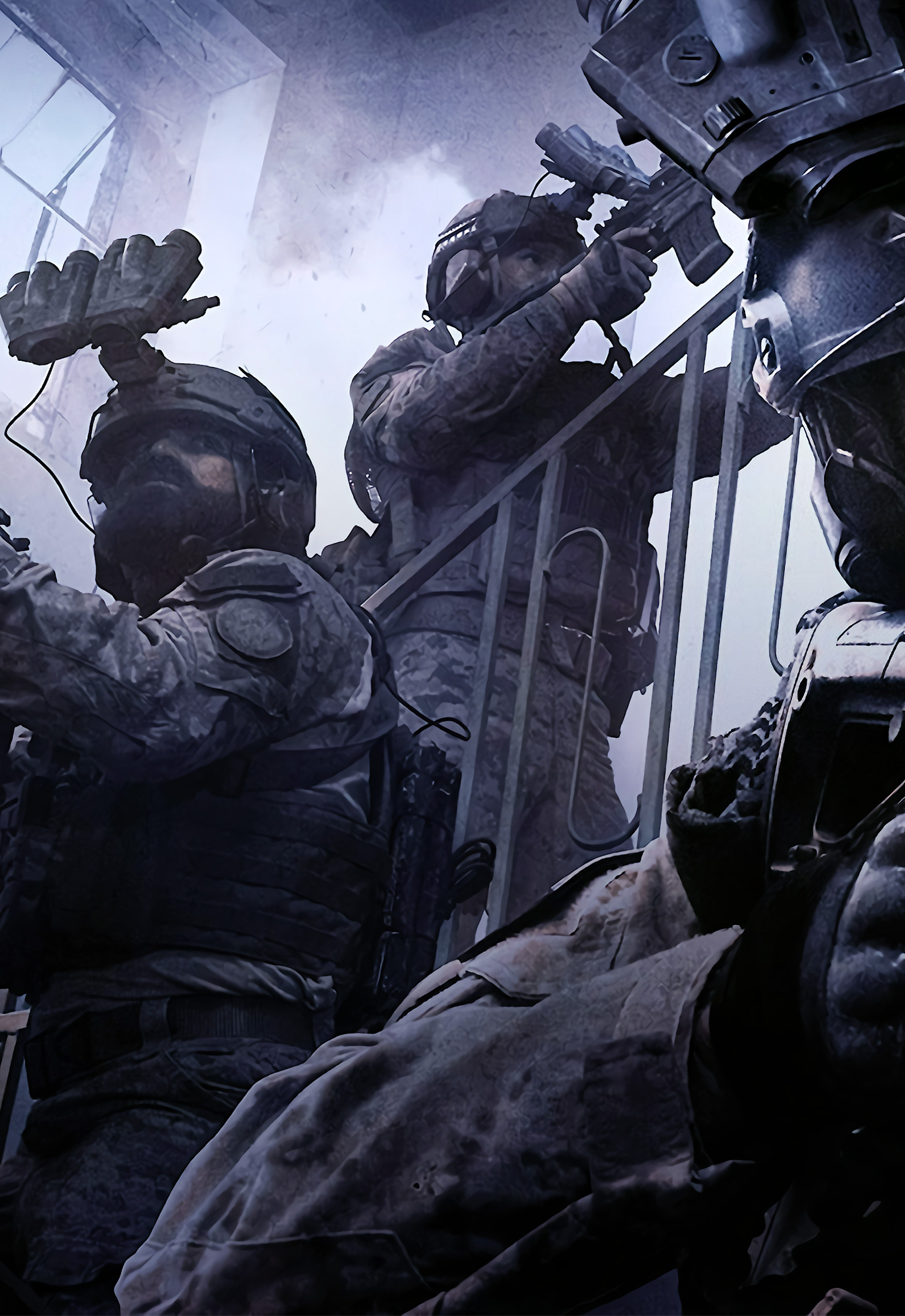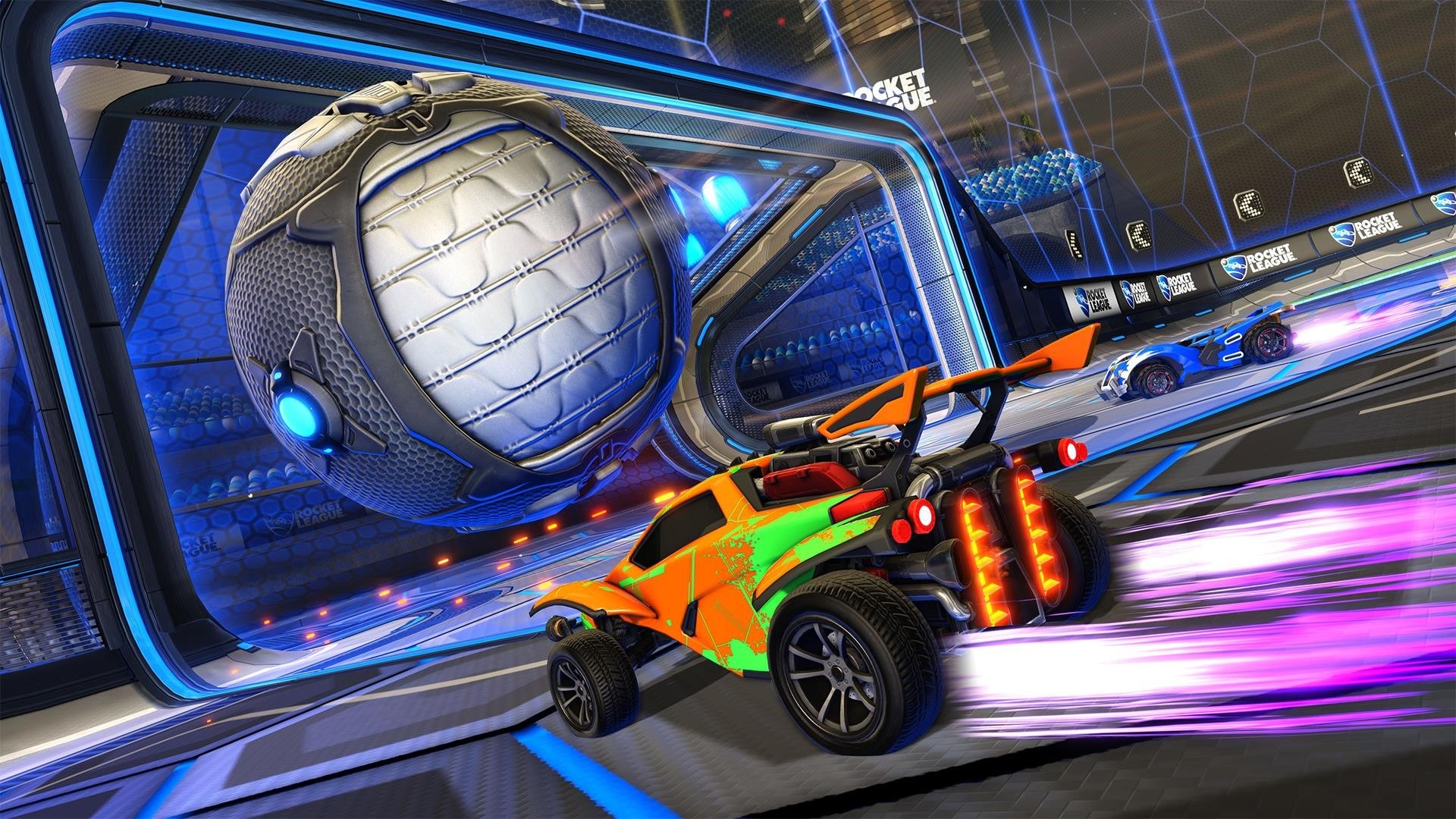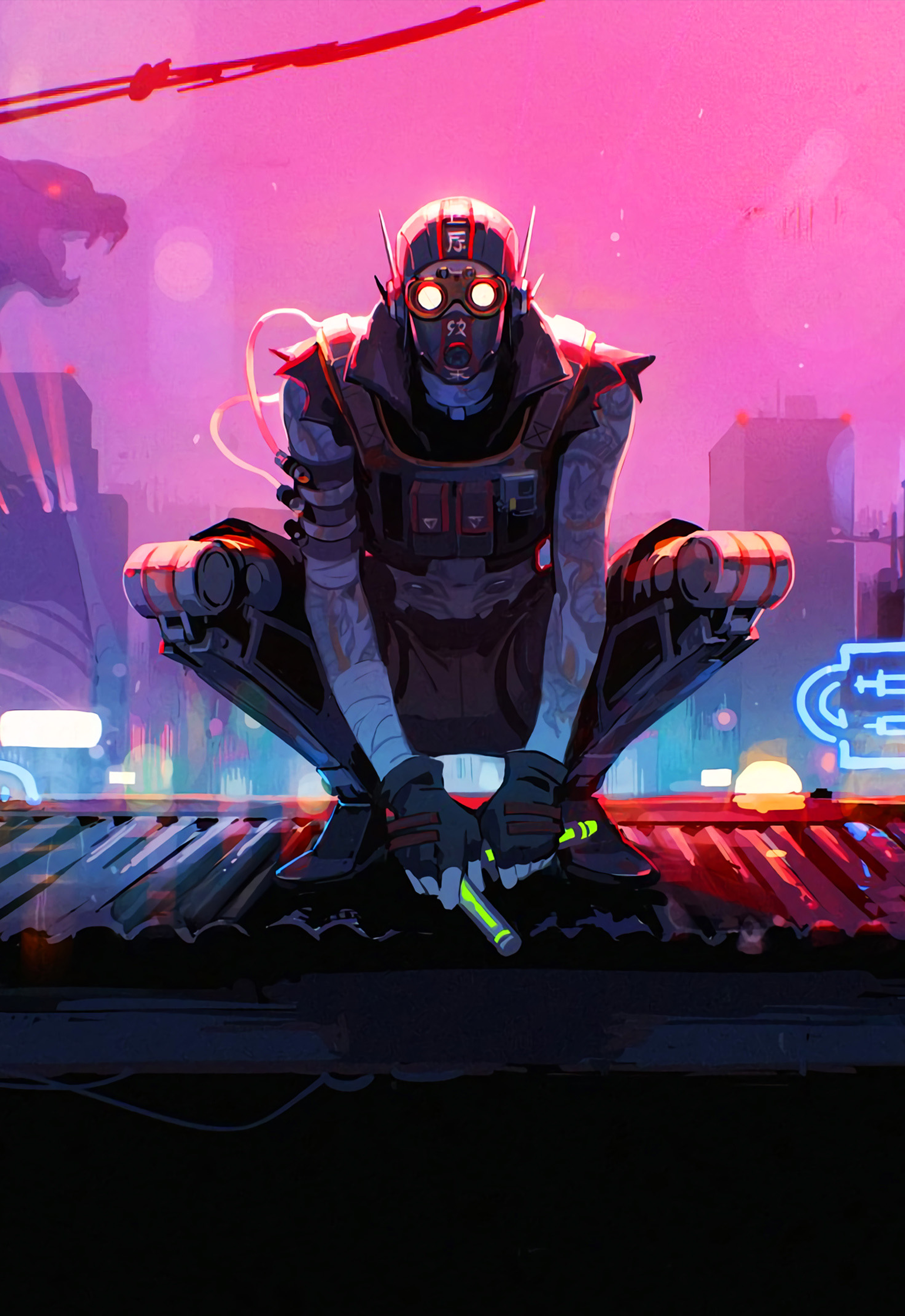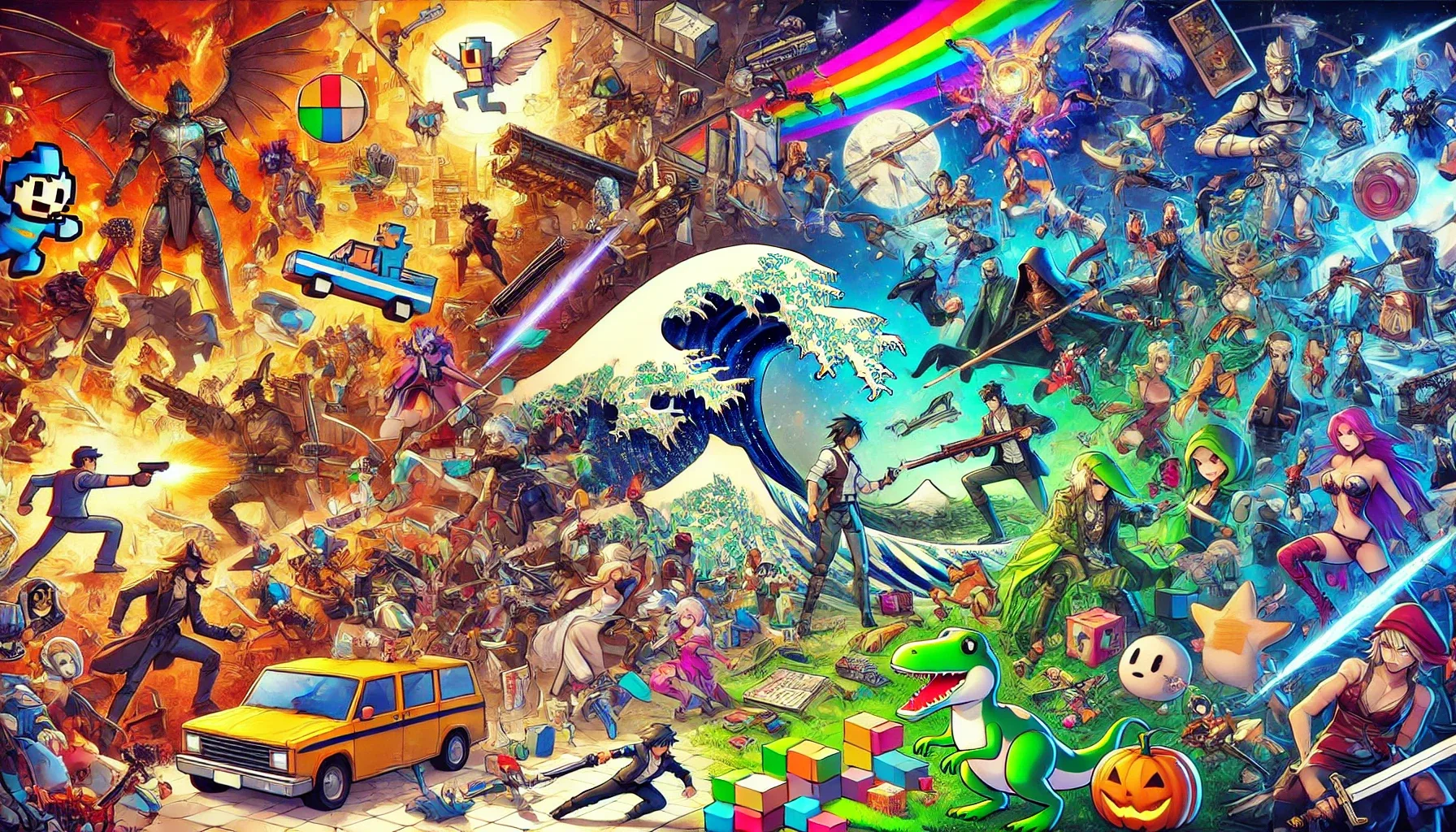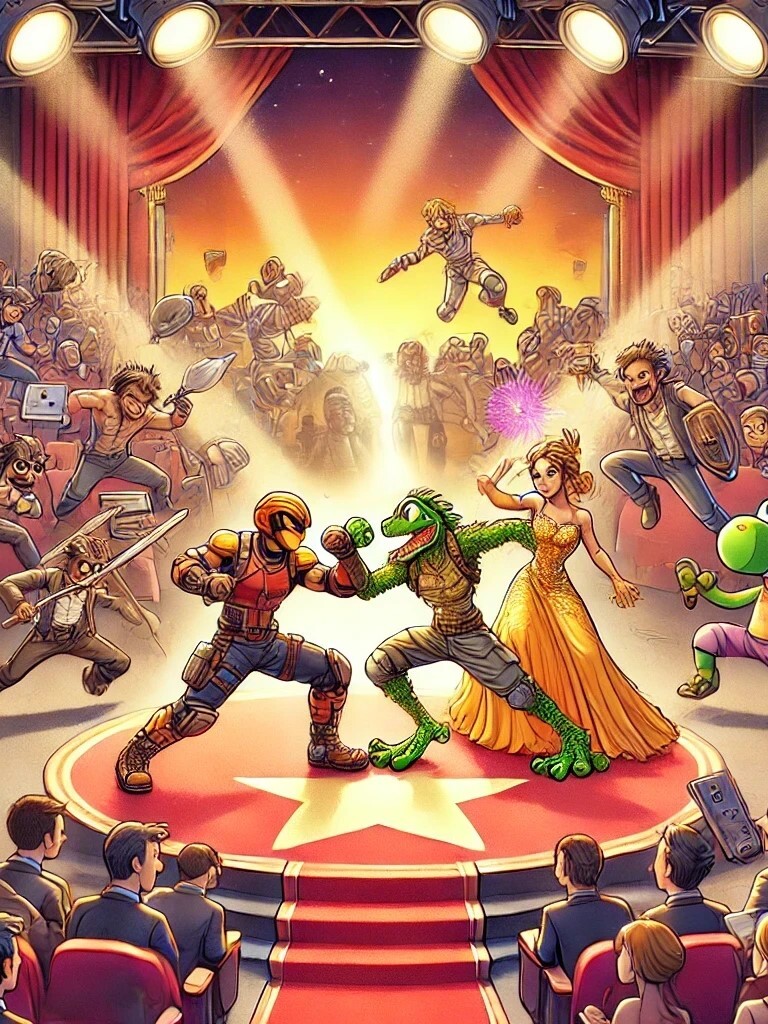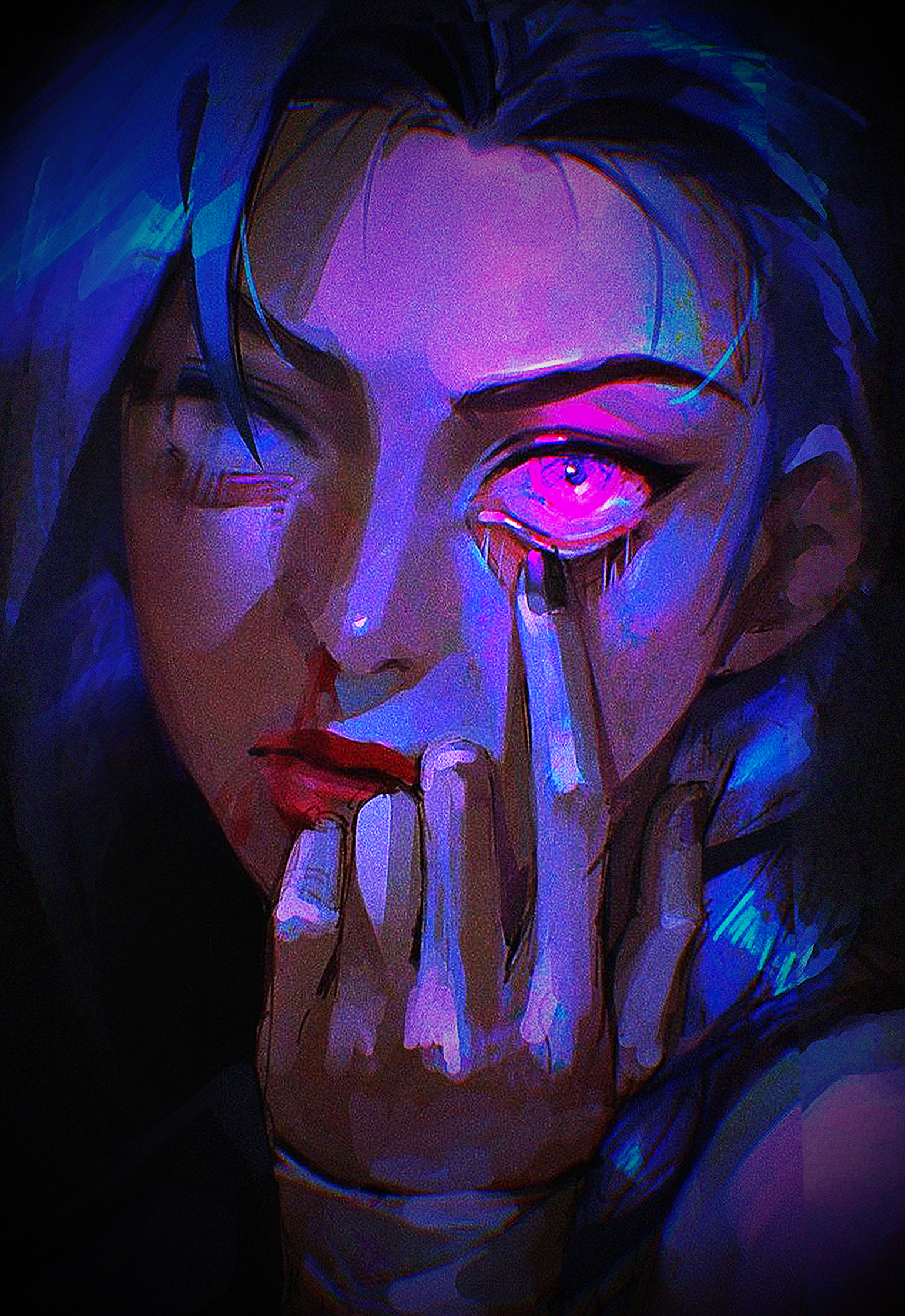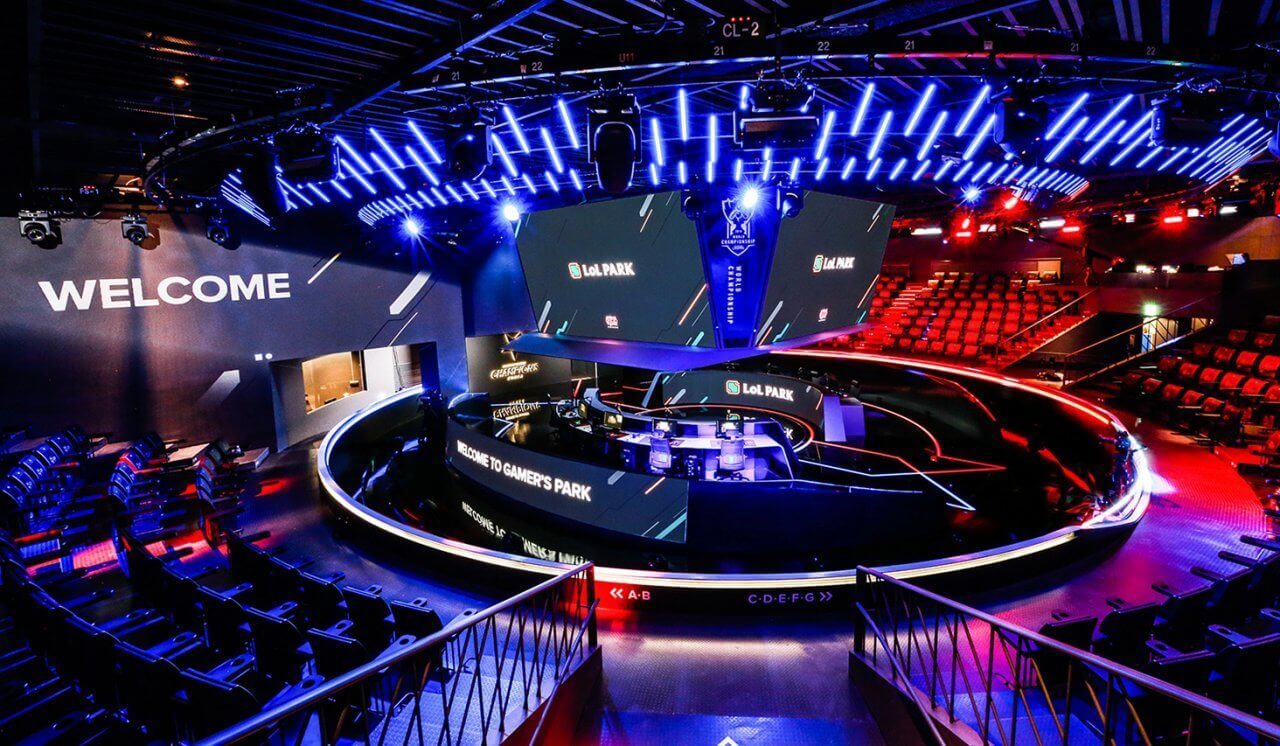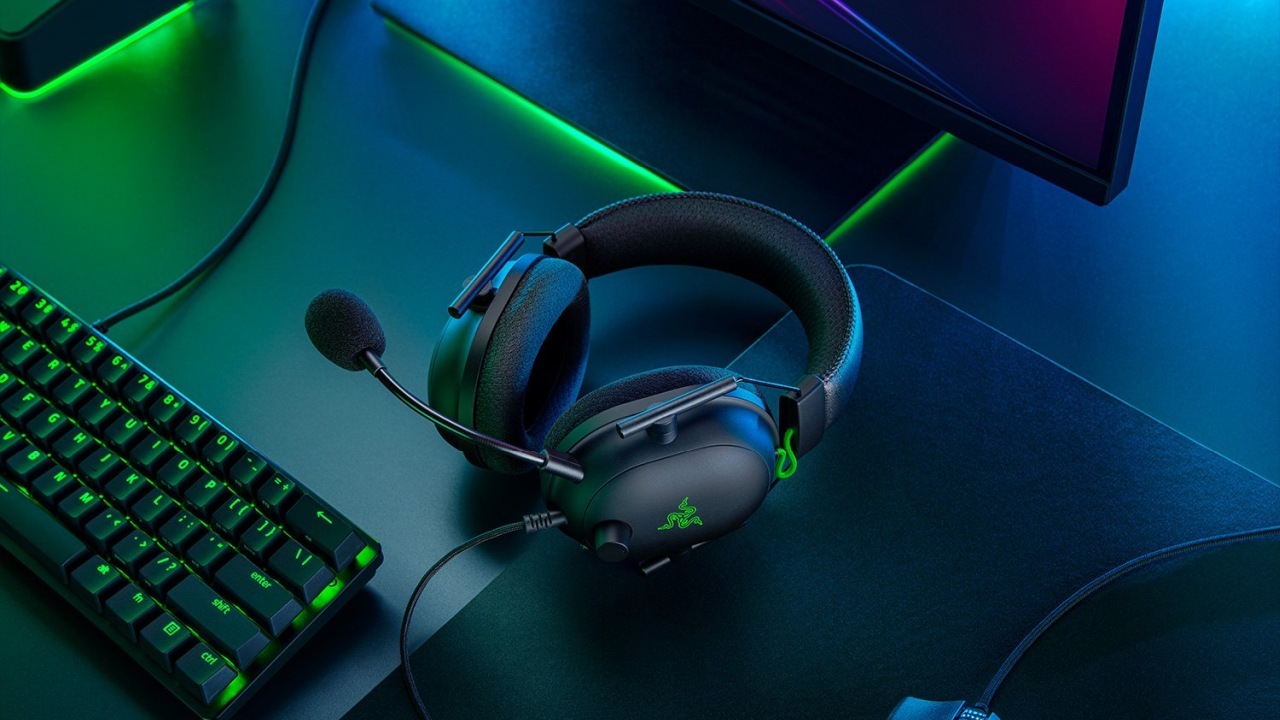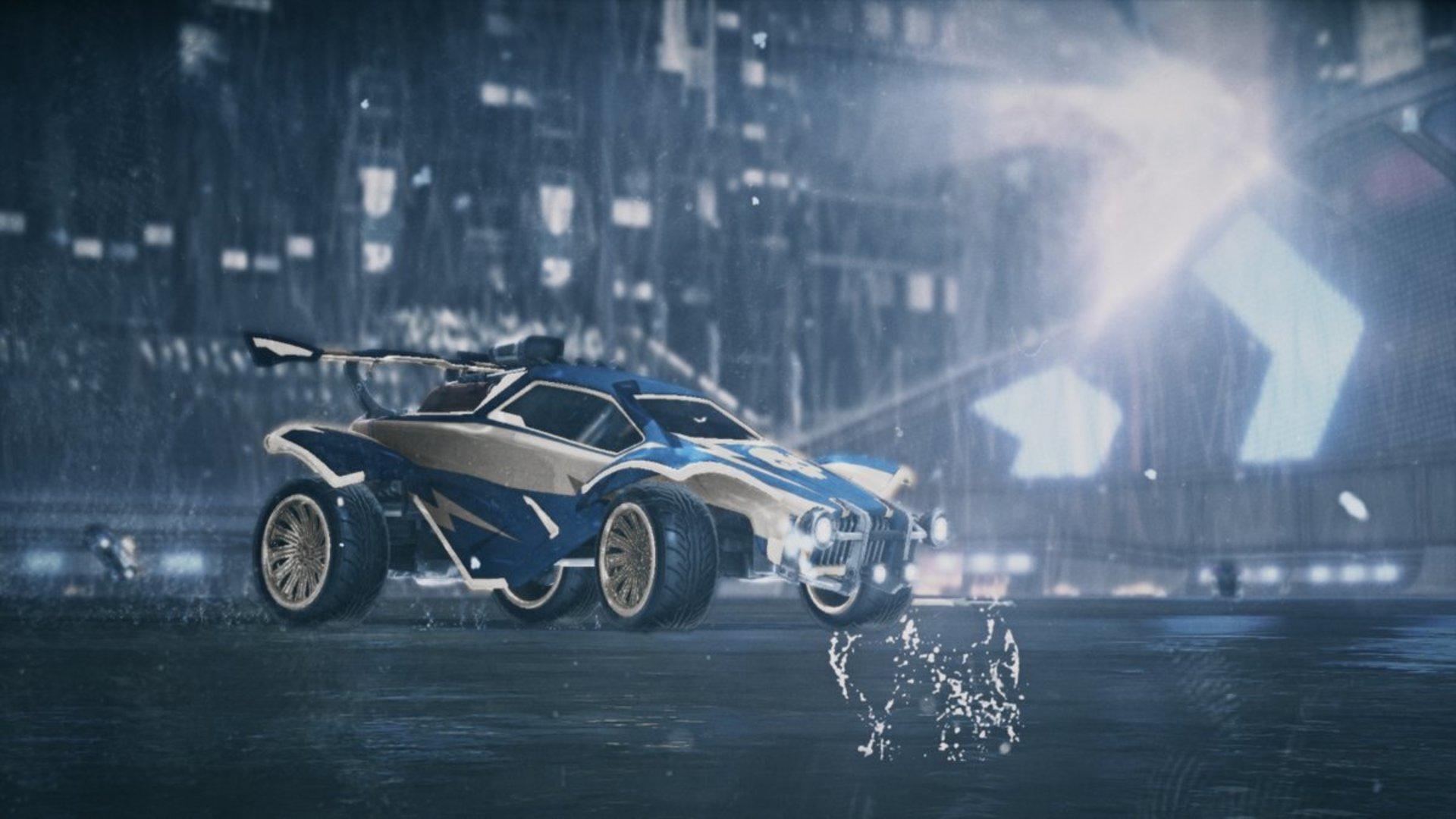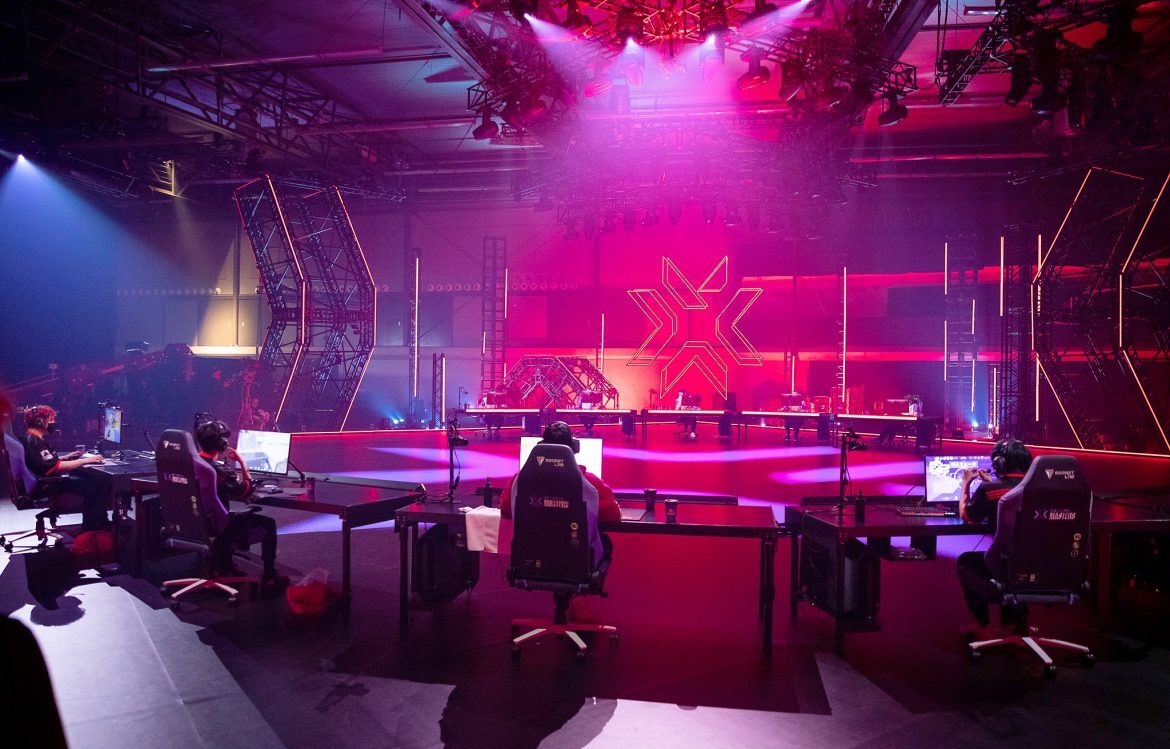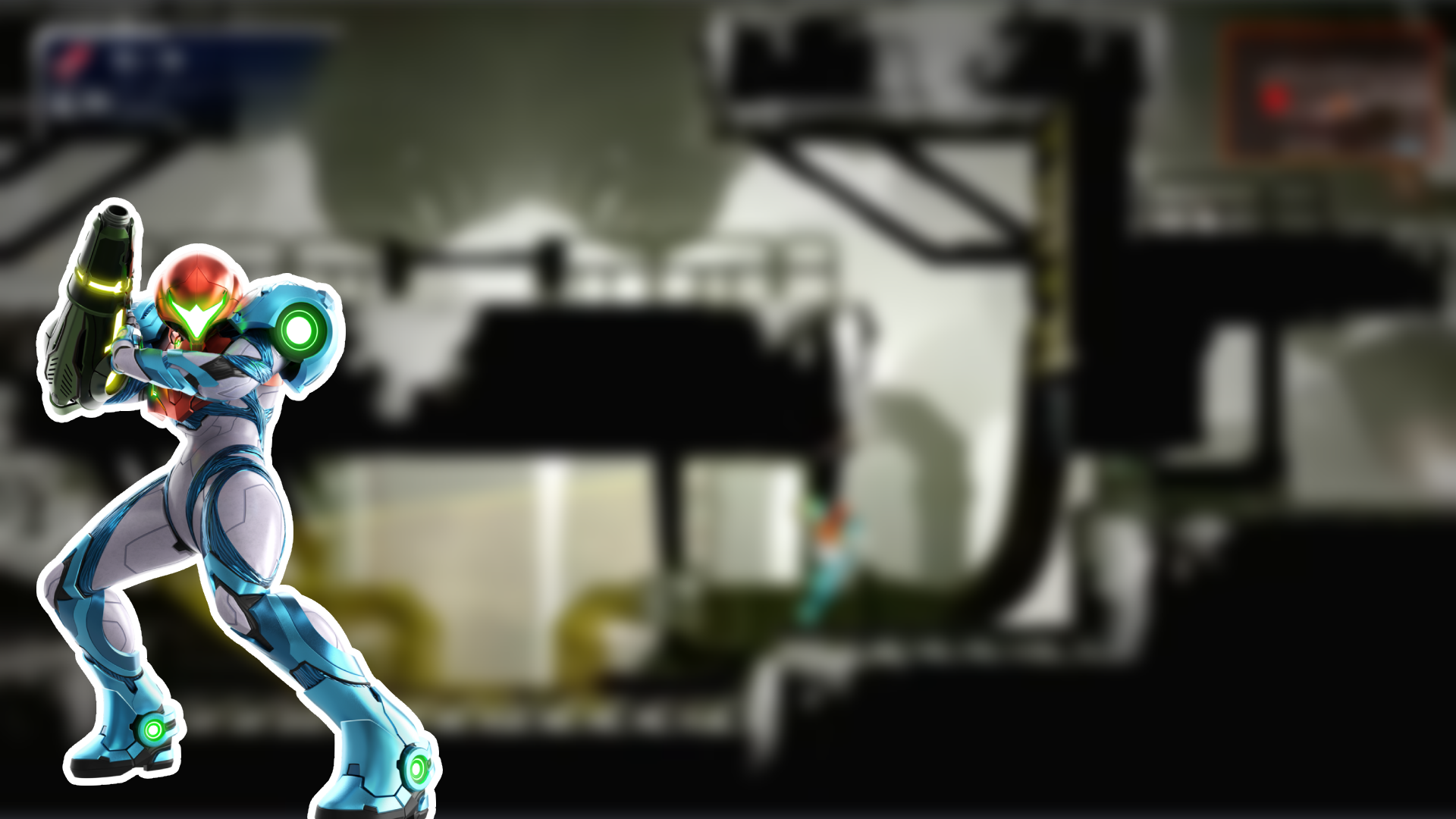A truly dreadful development history.
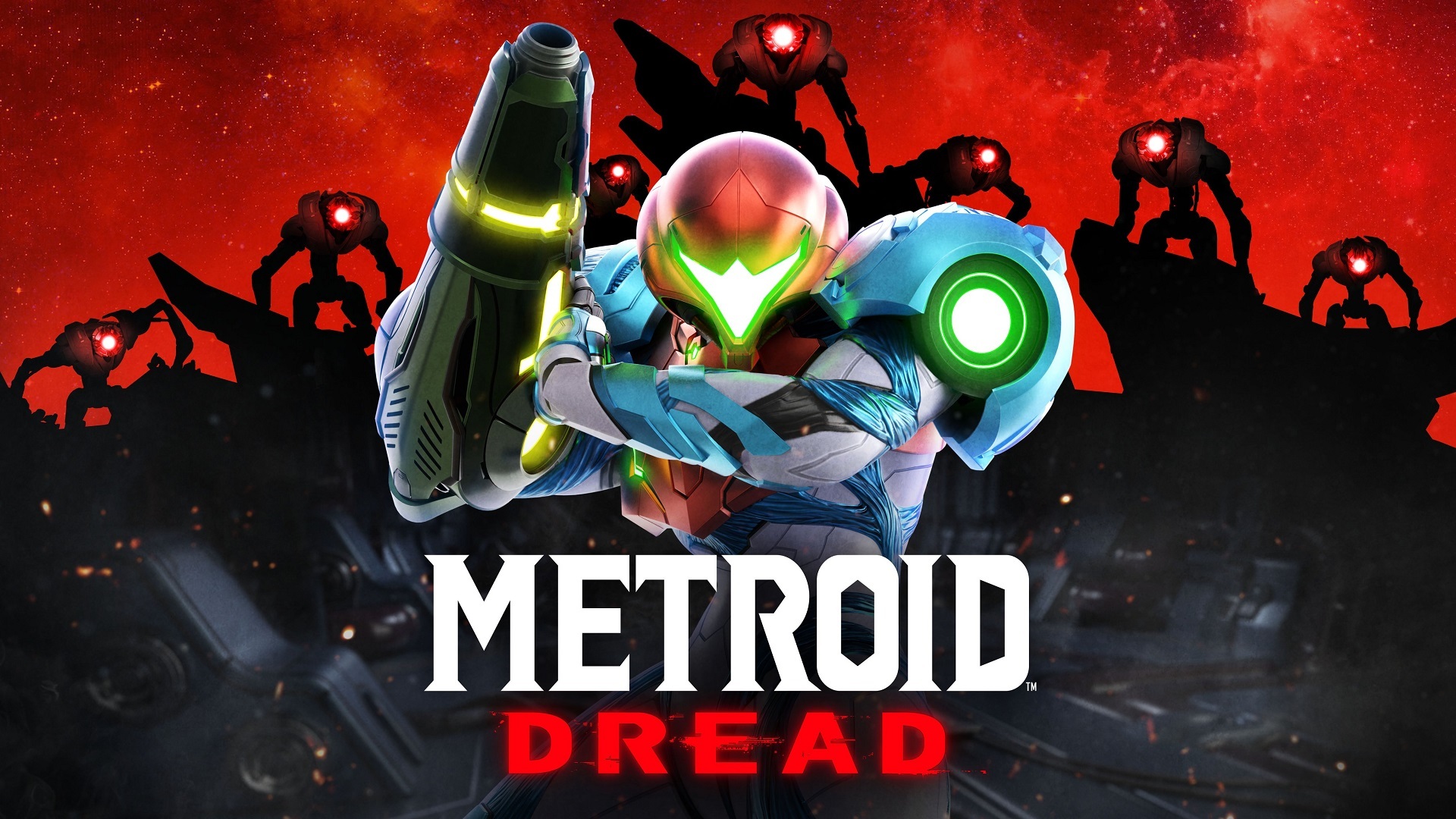
When considering that Metroid is one of Nintendo's few video game series with an actually consistent and overarching plot, it would be easy to assume that the cancellation of one of its installments meant the loss of that story thread for good.
In that regard, Metroid fans can count themselves lucky over not much else of significance happening in the franchise after Metroid Dread was first cancelled in 2006, leaving the stage clear for its unexpected return a decade and a half later.
Strange Origins
The Metroid series began at Nintendo in 1986, with R&D1 crafting a sci-fi shooting action-adventure with the ambition of combining Mario's platforming with Zelda's exploration. Its long-time steward would be character designer and director Yoshio Sakamoto, who repeatedly cited cinematic influences like Ridley Scott's Alien franchise as shaping the series' mood and look.
Narratively, the games follow intergalactic bounty hunter Samus Aran thwarting Space Pirates and other factions usually seeking to weaponize the artificial Metroid organisms as bioweapons. Its unique blend of platforming-exploration gameplay, combined with hidden permanent power-ups to open up previous inaccessible areas helped establish the "Metroidvania" subgenre.
The main pillars of the franchise are the 3D first-person Metroid Prime games as well as the mainline entries Metroid (1986), Metroid II (1991), Super Metroid (1994) and Metroid Fusion (2002), with especially the latter emphasizing narrative and horror elements more than any previous title; a vision Sakamoto aimed to continue with Metroid 5.
Fear And Isolation
Said fifth mainline entries was originally conceived to be a Nintendo DS game making use of classic Metroid tropes combined with the hide-and-seek mechanics introduced in Fusion. But instead of being chased by a clone of Samus born from the X parasite, Dread pits her against the corrupted DNA-collecting E.M.M.I. robots of planet ZDR.
She is lured there by Chozo warlord Raven Beak, aiming to extract the Metroid DNA she received with her Fusion vaccine. After the Metroids were exterminated in the previous entries, he sees Samus as the only way to fulfill his dreams of controlling the galaxy via Metroid bioweapons. During her quest, Samus has to face the new X parasite threat unleashed by him.
To convey the emotional weight of the situation, Dread makes heavy use of visual and haptic feedback, includes suddenly-transforming environments and sees Samus facing gigantic boss enemies. The action sequences are supported by an updated and more fluid control scheme as well as very detailed animations enhancing visual clarity.
Overwhelming Ambitions
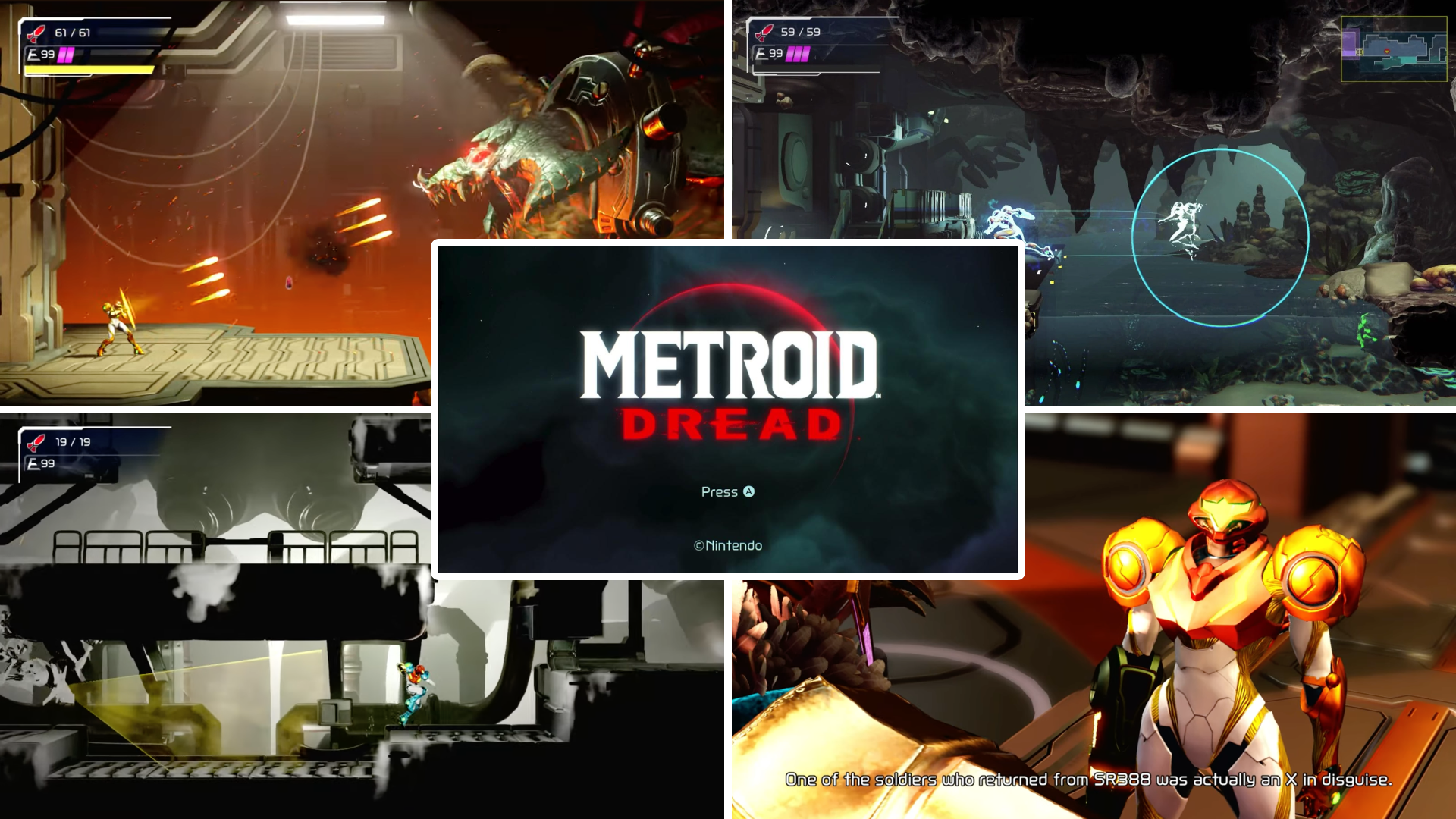
As one could imagine, realizing all of these ambitions would have been practically impossible on the Nintendo DS with its fairly limited hardware power. Even though parts of the code and almost all of the scenario and story were already finished, Nintendo suddenly cancelled both the planned reveal at E3 2006 and the project itself.
A second attempt was made from 2008 to 2009, but the hardware constraints simply didn't allow for the game to appropriately reflect the team's vision. Attempting to make the game for home consoles would've necessitated a higher budget; something a classic Metroid entry wouldn't warrant in Nintendo's eyes at the time, with the series as a whole falling into dormancy.
But in 2017, Nintendo partnered with Spanish studio MercurySteam to revive the mainline series through Metroid: Samus Returns, a 3DS remake of Metroid II incorporating several of Dread's design elements such as updated controls. Its success led Nintendo to resume production on Metroid Dread, now for the Nintendo Switch, which offered the desired hardware capabilities.
A Satisfying Conclusion
Upon its 2021 release, Metroid Dread was met with strong critical acclaim, specifically for its atmosphere, boss fights and refined exploration mechanics. Commercially, it became the best-selling game in the Metroid series to date, selling over three million copies and registering the fastest launch in the franchise' history.
Fans as well celebrated the title as a return to form for the series. They additionally remedied one of its few widely-discussed issues, namely its comparatively unmemorable soundtrack, with various mod packs. Samus' new abilities in the game have gained enough popularity for fans to mod her moveset in Super Smash Bros. Ultimate to resemble that of Dread.
The game's success has renewed interest in the series' future, with developer commentary suggesting that the adventures of protagonist Samus Aran will continue in 2D form and beyond, though – as per the game's ending – likely without the titular Metroids. The upcoming Metroid Prime 4: Beyond is set multiple years before Dread.
